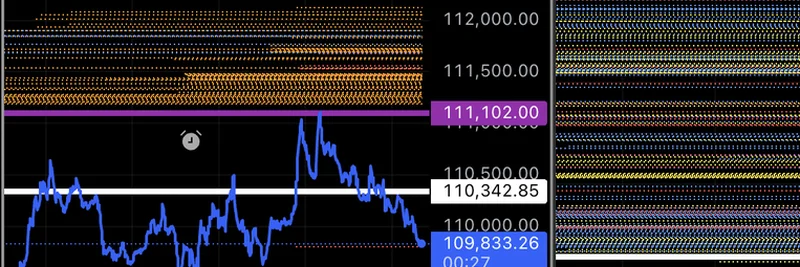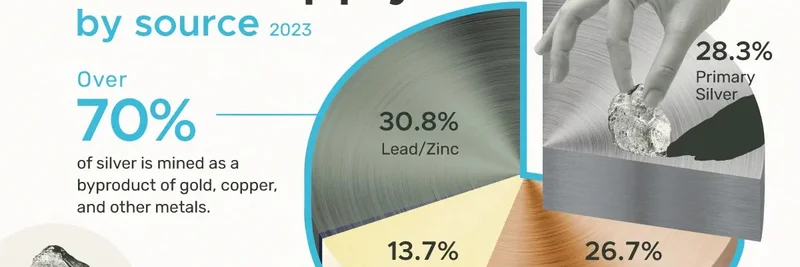In the fast-paced world of cryptocurrency trading, understanding market dynamics can make the difference between profit and loss. Recently, crypto commentator MartyParty shared a compelling thread on X detailing his "$LQL Theory," which views dollar markets as manipulated games akin to casinos. This theory is particularly relevant for blockchain practitioners and meme token enthusiasts, as it sheds light on how liquidity extractions fuel price swings in volatile assets. Let's break it down step by step, with simple explanations for key concepts.
The Casino Analogy in Crypto Markets
MartyParty describes leveraged trading as playing a casino game where the house—market makers—always has the edge. If you're using leverage (borrowing funds to amplify your trades), you're essentially gambling against these forces. The theory categorizes traders into three main types:
- Scalpers: These are short-term players betting on tiny price moves within minutes. They rely on high leverage for small gains (1-5%), but a slight shift can wipe them out.
- Swing Traders: Operating over hours or days, they aim for 5-20% profits using lower leverage or spot trading (buying and selling the actual asset without borrowing).
- Hodlers: Long-term holders who buy low and wait months or years for 100%+ gains, avoiding the pitfalls of leverage.
The key insight? Markets are rigged to extract liquidity from overleveraged positions. Liquidity here refers to the funds tied up in trades that get "liquidated" (force-closed) when prices hit certain levels.
Decoding the LQL Chart
At the heart of LQL Theory is a specialized chart showing "liquidation lines"—horizontal bands representing clusters of bets at specific price points. These lines are color-coded by risk:
- Red Lines: High-risk, overleveraged positions that liquidate with just 1-1.5% price movement. According to MartyParty, "No red lines survive"—the price will inevitably drop to flush them out.
- Yellow and Orange Lines: Medium-risk areas where larger flushes occur.
- Blue Lines: Lower-risk, but still targeted in deeper corrections.
The casino (market makers) draws the price toward these lines to collect the gamblers' money. In a bullish cycle like the current one, prices recover after these flushes, offering opportunities to profit on the rebound.
As seen in the chart above from MartyParty's thread, Bitcoin's price is pulled toward dense liquidation zones (marked with circles), leading to sharp drops followed by recoveries. The strategy? Avoid trading in red-line areas (near-zero win rate) and enter positions after flushes, capturing the upward delta.
Key Rules and Strategies
MartyParty's golden rule: "Enter when others get liquidated." This contrarian approach means buying during panic sells caused by mass liquidations, betting on the inevitable bounce in a bull market.
He also introduces the "Teal Line," dubbed the Market Maker Moving Average—a median of prior market maker moves. This serves as a high-hit-rate entry point for extracting profits from recoveries. While flushes happen across timeframes, patience is key: there's always another opportunity.
Excitingly, MartyParty mentioned automating this strategy, though future updates will be subscriber-only. For now, manual management is advised.
Applying LQL to Altcoins and Meme Tokens
The theory isn't limited to Bitcoin. In a follow-up post, MartyParty applied it to Solana ($SOL), showing similar liquidation dynamics.
Meme tokens, known for their extreme volatility, amplify these effects. Projects like Dogecoin or newer Solana-based memes often see massive leverage builds, leading to explosive flushes. By spotting red lines in meme coin charts, traders can avoid traps and position for rebounds, turning market manipulation into an advantage.
Community Reactions and Takeaways
The thread sparked discussions, with users appreciating the insights into why markets "feel rigged." One commenter noted how it helps restore credibility to crypto by educating on these mechanics. For meme token holders, applying LQL Theory could mean better risk management amid hype-driven pumps and dumps.
If you're diving into meme tokens or broader crypto trading, tools like this theory provide a edge. Check out the original thread on X for more details, and remember: this is education, not financial advice. Stay informed and trade smart in the blockchain space!



